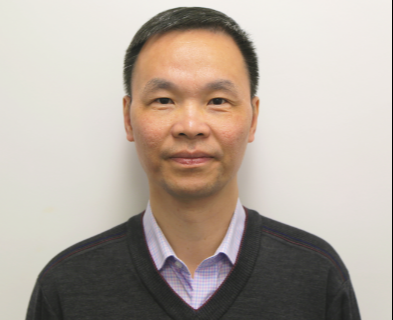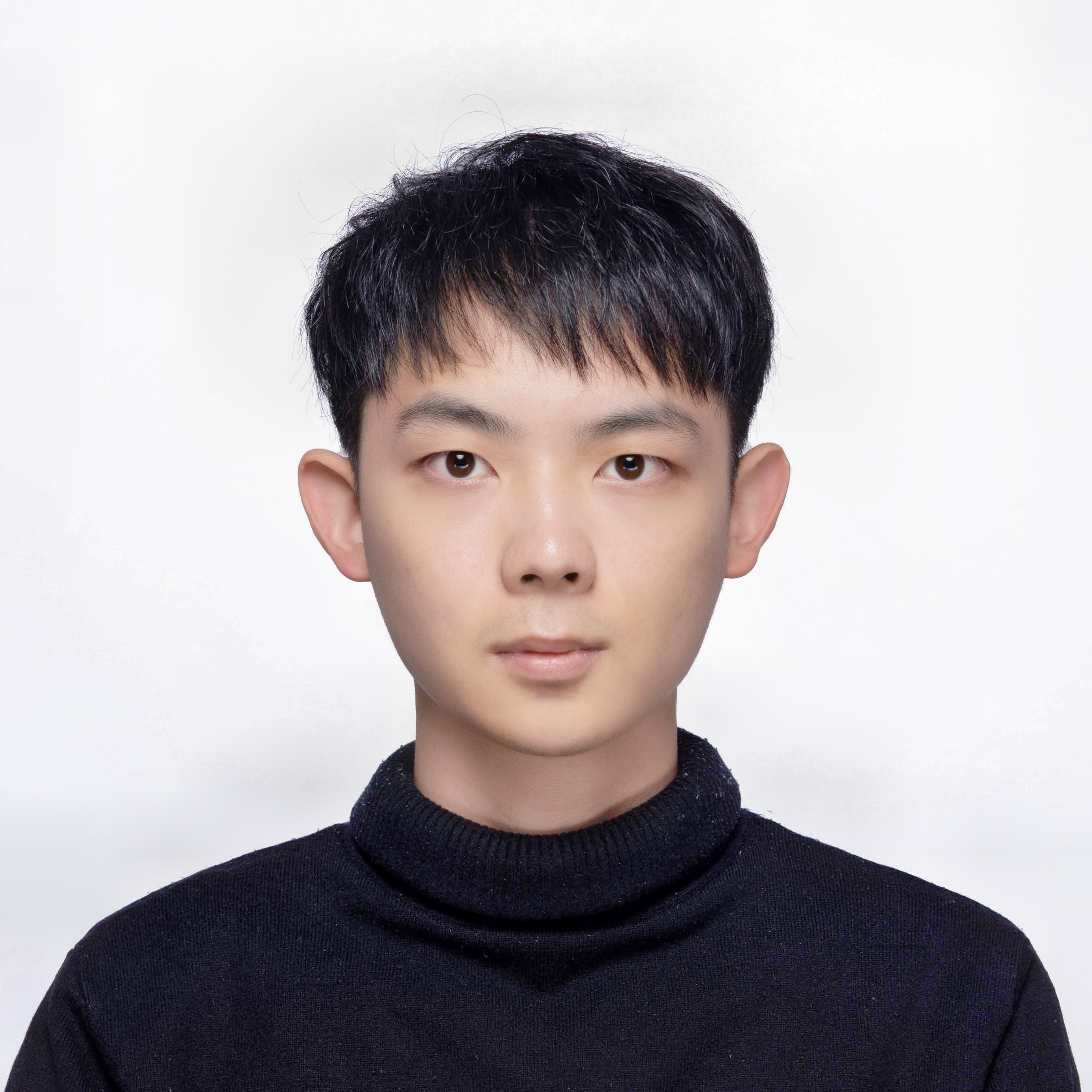最近,扩散模型已经成为一种优越的生成模型,可以生成高质量和逼真的图像。然而,对于医学图像翻译,现有的扩散模型在准确保留结构信息方面存在不足,因为源域图像的结构细节在正向扩散过程中丢失,并且不能通过学习的反向扩散完全恢复,而解剖结构的完整性在医学图像中极为重要。例如,图像翻译中的错误可能会扭曲、移位,甚至去除结构和肿瘤,导致错误的诊断和不充分的治疗。使用具有匹配解剖结构的成对源和目标图像来训练和调节扩散模型可以有所帮助。然而,这样的配对数据非常难以获得且成本高昂,并且还可能降低所开发的模型对分布外测试数据的鲁棒性。
我们提出了一种频率引导扩散模型(FGDM),该模型采用频域滤波器来引导扩散模型进行结构保持图像平移。基于其设计,FGDM允许零样本学习,因为它可以仅根据来自目标域的数据进行训练,并直接用于源到目标域的翻译,而无需在训练期间暴露于源域数据。我们仅根据头颈部CT数据训练FGDM,并在头颈部和肺锥束CT(CBCT)到CT的转换任务中对其进行评估。FGDM在Fréchet起始距离(FID)、峰值信噪比(PSNR)和结构相似性指数测量(SSIM)方面优于最先进的方法(基于GAN、基于VAE和基于扩散),显示了其在零样本医学图像翻译方面的显著优势。
论文地址:https://ieeexplore.ieee.org/document/10287612
医学图像顶刊IEEE TMI (影响因子10.6)

周挥宇博士目前是英国莱斯特大学计算与数学科学学院教授。他于华中科技大学获得无线电技术工程学士学位,英国邓迪大学获得生物医学工程理学硕士学位,英国爱丁堡赫瑞瓦特大学获得计算机视觉博士学位。他在计算与数学科学这一领域发表了450多篇论文。他曾多次参加高质量学术会议并获得许多奖项,包括:CVIU 2012年度高被引论文奖,ICPRAM 2016年度最佳论文奖项,MIUA 2020年度最佳论文奖等。他的研究工作得到许多专业组织和行业协会的支持,包括:UK EPSRC, ESRC, AHRC, MRC, EU, Royal Society等。他担任《Recent Advances in Electrical & Electronic Engineering》主编,《IEEE Transactions on Human-Machine Systems》、《IEEE Journal of Biomedical and Health Informatics》、《Pattern Recognition》、《PeerJ Computer Science》、《Security and Safety》、《Scientific Reports》、《Machine Intelligence Research》、《International Journal of Image and Graphics》、《Intelligent Marine Technology and Systems》和《IEEE Access》副主编。ICRA 副主编(2019-2023 年),BMVC(2019-2023 年)和 IJCAI(2021 年)领域主席。
Prof. Huiyu Zhou received a Bachelor of Engineering degree in Radio Technology from Huazhong University of Science and Technology of China and a Master of Science degree in Biomedical Engineering from University of Dundee of United Kingdom, respectively. He was awarded a Doctor of Philosophy degree in Computer Vision from Heriot-Watt University, Edinburgh, United Kingdom. He has published more than 450 papers in the field of computational and mathematical sciences. He has participated in many high-quality academic conferences and won many awards, including: CVIU 2012 Highly Cited Paper Award, ICPRAM 2016 Best Paper Award, MIUA 2020 Best Paper Award, etc. His research work is supported by many professional organizations and industry associations, including: UK EPSRC, ESRC, AHRC, MRC, EU, Royal Society, etc. He serves as the editor-in-chief of “Recent Advances in Electrical & Electronic Engineering”, “IEEE Transactions on Human-Machine Systems”, “IEEE Journal of Biomedical and Health Informatics”, “Pattern Recognition”, “PeerJ Computer Science”, “Security and Safety”, Associate editor of “Scientific Reports”, “Machine Intelligence Research”, “International Journal of Image and Graphics”, “Intelligent Marine Technology and Systems” and “IEEE Access”. Associate Editor of ICRA (2019-2023), Area Chair of BMVC (2019-2023) and IJCAI (2021).

李云响是美国德克萨斯大学西南医学中心(软科世界大学排名48,Nature index全球医疗机构排名第一),在读博士生,研究方向为计算机视觉、医学图像,扩散模型,大语言模型。发表高水平SCI论文/国际会议约20篇。担任国际学术会议Machine Learning in Medical Imaging (MLMI 2023) program committee (PC) member,IEEE Transactions on Pattern Analysis and Machine Intelligence (PAMI),Pattern Recognition (PR), IEEE TNNLS,ACM MM, IEEE JBHI, Neurocomputing, MICCAI等多个国际期刊和会议的审稿人。
Yunxiang Li is a Ph.D. student at the University of Texas Southwestern Medical Center (ranked 48th in World University Rankings, and ranked 1st in the Nature index Global Healthcare Institutions), with research interests in computer vision, medical imaging, diffusion modeling, and macrolanguage modeling. He has published about 20 high level SCI papers/international conferences. He served as a program committee (PC) member of the international conference Machine Learning in Medical Imaging (MLMI 2023), and a reviewer of IEEE Transactions on Pattern Analysis and Machine Intelligence (PAMI), Pattern Recognition (PR), IEEE TNNLS, ACM MM, IEEE JBHI, Neurocomputing, MICCAI and other international journals and conferences.


 ufabet
มีเกมให้เลือกเล่นมากมาย: เกมเดิมพันหลากหลาย ครบทุกค่ายดัง
ufabet
มีเกมให้เลือกเล่นมากมาย: เกมเดิมพันหลากหลาย ครบทุกค่ายดัง